A Guide to Interior Design Materials & Their Specifications

When I am choosing interior design materials, there is a world of possibilities. Although this is very exciting, selecting the best materials for interior design is also very overwhelming.
Working on projects requires you to choose all types of materials that will be included in your project, from flooring, ceilings, walls, furniture, and drapery.
Guide to interior design materials
There are so many materials interior designers have to specify for their projects and you don’t want to get it wrong. I’ll share with you what I have learned about interior design materials and specifications.
1. Terrazzo
Terrazzo is one of my favorite materials. It’s beautiful and it’s a sustainable material because it’s made out of recycled content. It’s made out of recycled chips of marble, granite, quartz, glass, shell, and other materials, which also makes it super durable. Since it’s durable, it can be used for residential and commercial flooring and other applications.
2. Concrete
Although concrete is used for structural applications, it is popular in interior design for a few reasons. Concrete is very durable and low-maintenance. Concrete has a neutral color and that makes it a very versatile material to use with other materials.
3. Tile
Tile is a material that you’re going to be using a lot if you are in the interior design industry. Sometimes we have the wrong idea of what this material really is. I remember when I was first learning about interior design materials I used to think tile was just a material, like wood or concrete.
But, it is not. Tile actually refers to the rectangular or square pieces that are laid on the floor and it can be made out of different materials, such as ceramic, stone, porcelain, and clay.
Tile is great for many, many uses. The most common examples are bathrooms and showers. Different types of tiles are good for certain applications. One of the most common uses of porcelain tile, for example, is for showers. This is because porcelain tile is resistant to water which is great for showers.
It’s important to learn about the different types of tiles and their strengths and weaknesses. Not every tile is good for every application. Again, tile is not only used for bathrooms–it is used for walls, floors, ceilings, and backsplashes.
You can use this material anywhere but you want to make sure that the type of material you’re using for the tile is appropriate for that application.
4. Stone
Stone is so beautiful. Some examples are marble, granite, quartzite, onyx, and limestone but there are many more. You have so many options and colors to choose from.
So, where can you use stone? Just about anywhere but you have to be careful with what type of stone you are choosing for the application. Some stones are better for certain applications than others.
One example would be marble. Marble is not great for kitchen countertops. You have to take into consideration that marble is a soft stone which means it stains very easily if you don’t seal it every once in a while.
If you spill wine, oil, or juice, that stain will probably never go away. When you are specifying stone, you want to be familiar with all the properties of that material.
5. Wood
Wood is probably the material that you will use the most if you are an interior designer. We use wood for floors, walls, ceilings, millwork, and furniture. There are so many uses for wood so it’s important to be familiar with all the types and characteristics.
To be honest, wood is a whole different world and there are so many things to learn about it. I will share with you the basic things you should know:
MDF
OSB
Particleboard
Plywood
We all know wood comes from different species of trees. The most common species are oak, walnut, birch, Douglas fir, hickory, and hemlock, among others. Solid wood tends to be more expensive, which is why we also use composite wood. Some examples would be MDF, OSB, plywood, and particle board.
Another common use for wood is flooring. You can have hardwood floors, which are solid wood. Or, you can have engineered wood floors, which are solid wood on the top and the bottom and the core is a manufactured product.
Wood is a very extensive topic and if you are in the interior design industry I highly recommend that you become familiar with all the types of materials and applications.
6. Glass
Glass is a beautiful material that gives a space a high-end finish. You’ll see glass used in so many luxury spaces, such as upscale stores, hotels, and restaurants. Use glass for windows, ceilings, skylights, roofs, furniture, countertops, and stairs.
Cast glass
Frosted glass
Sand-blasted glass
Glass can go through several processes to make its appearance different. There are many glass classifications such as tempered glass, cast glass, sand-blasted glass, frosted glass, and safety glass (used for doors and stairs for security reasons). Another great thing about glass is that it is very low maintenance–it’s easy to clean, and won’t scratch, or stain.
Interior design materials
These are just the most common interior design materials and specifications. There are so many other interior design materials that I didn’t touch on here but I’ll teach you more in the future. Let me know in the comments what materials you’d like to know more about.
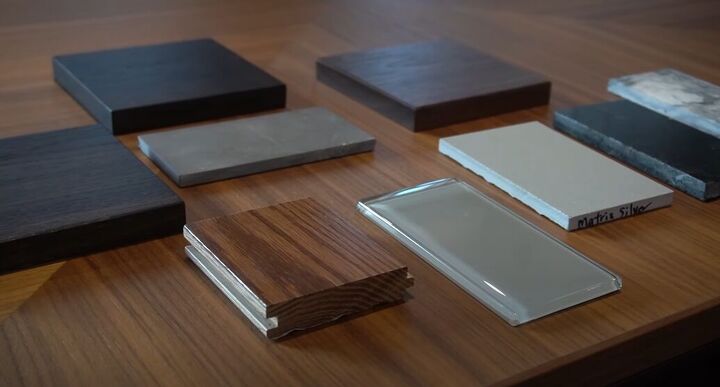









































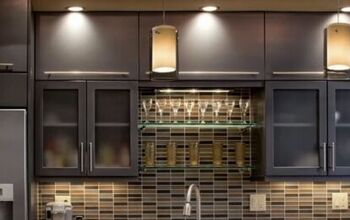
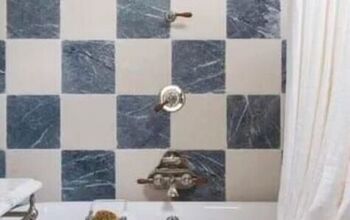
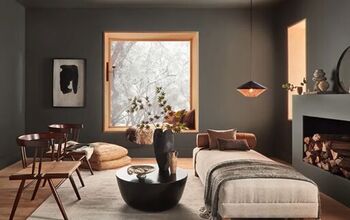
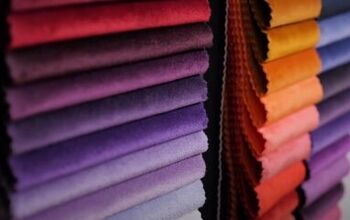

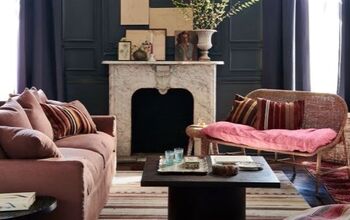



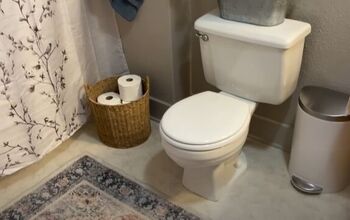
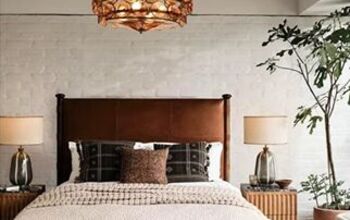
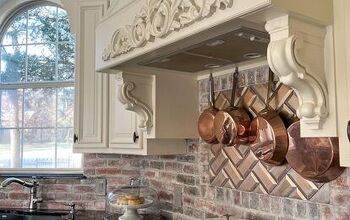


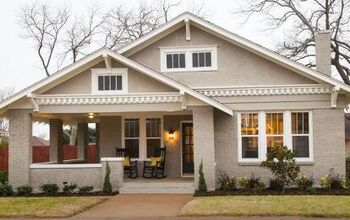
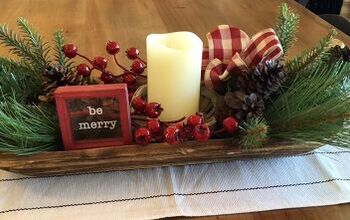

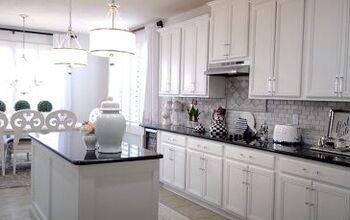
Comments
Join the conversation